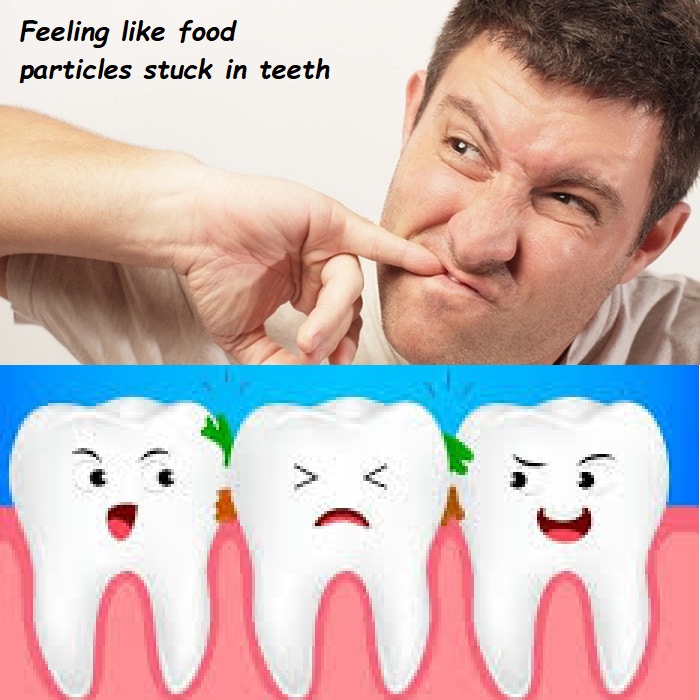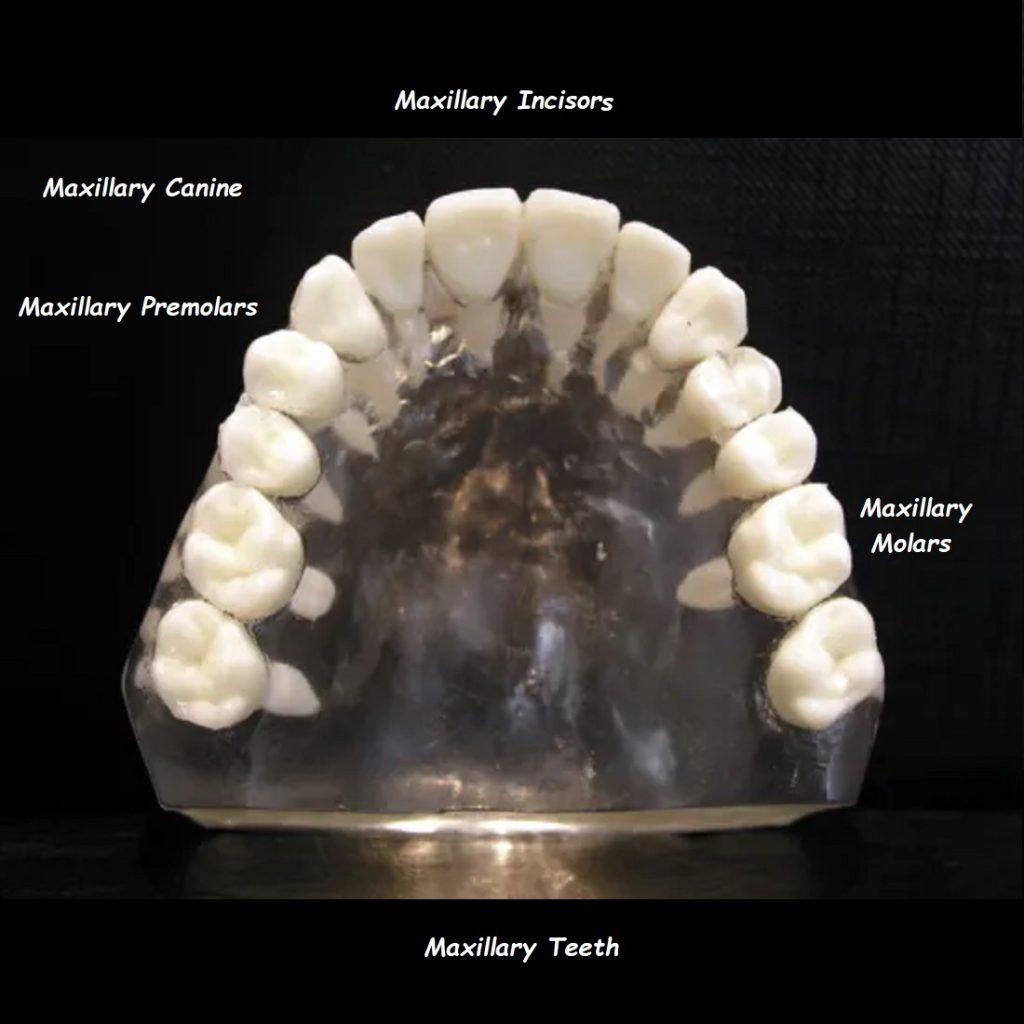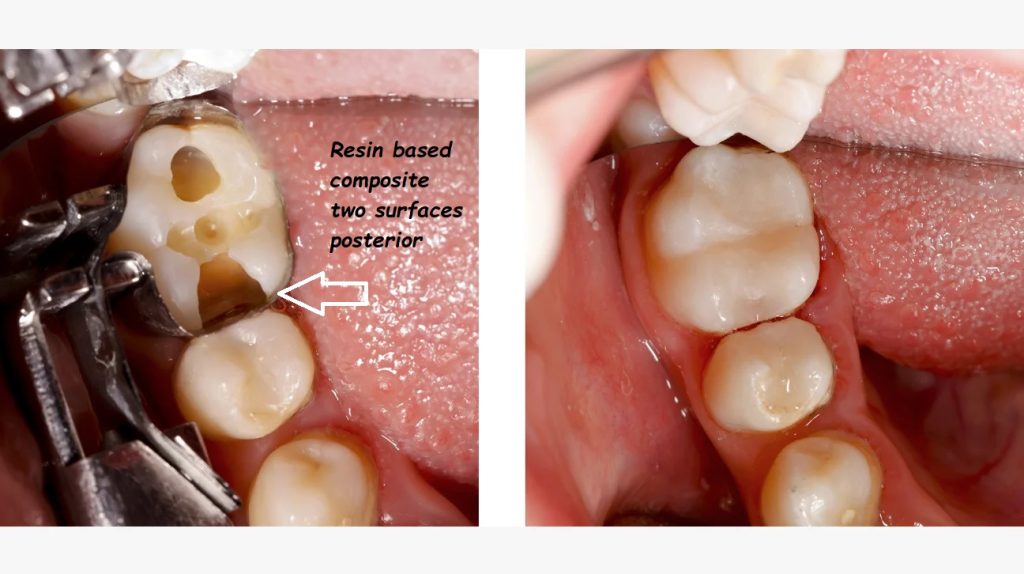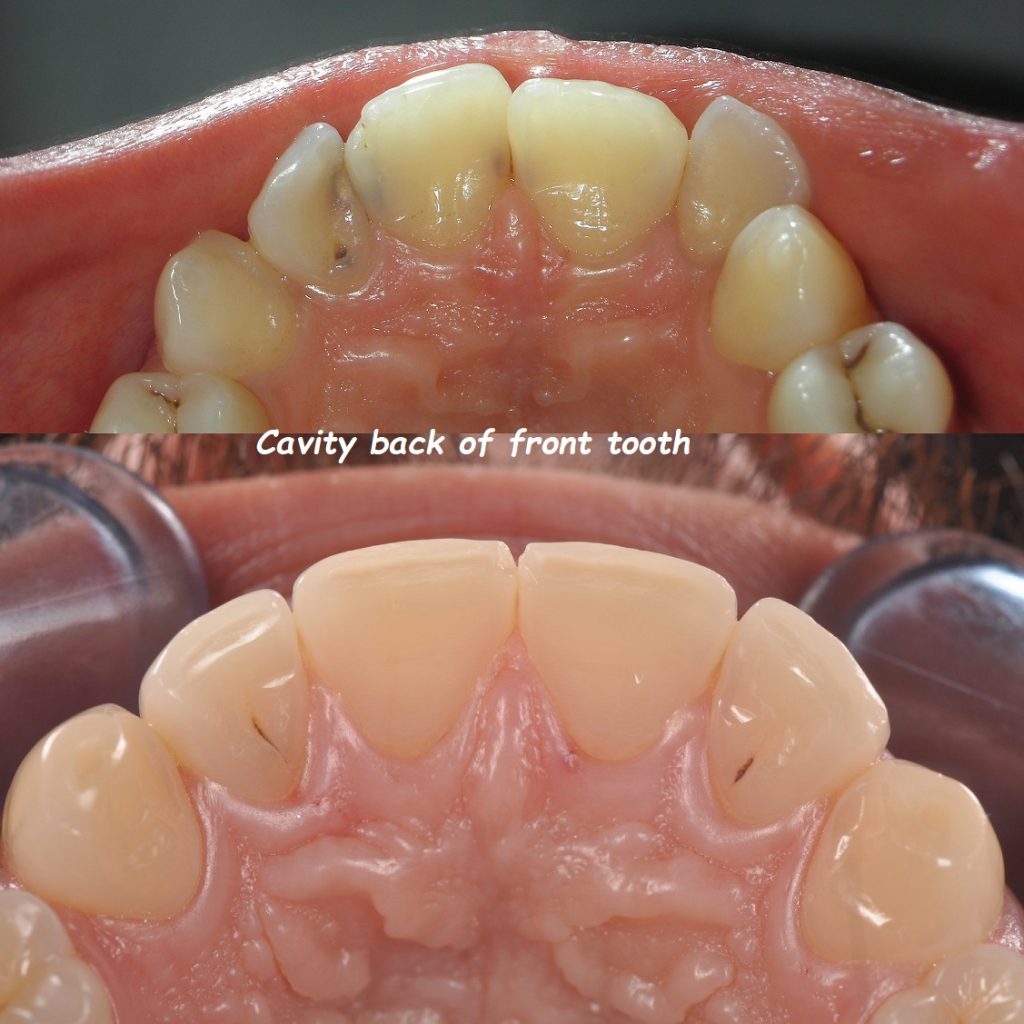Bleeding gums after tooth filling
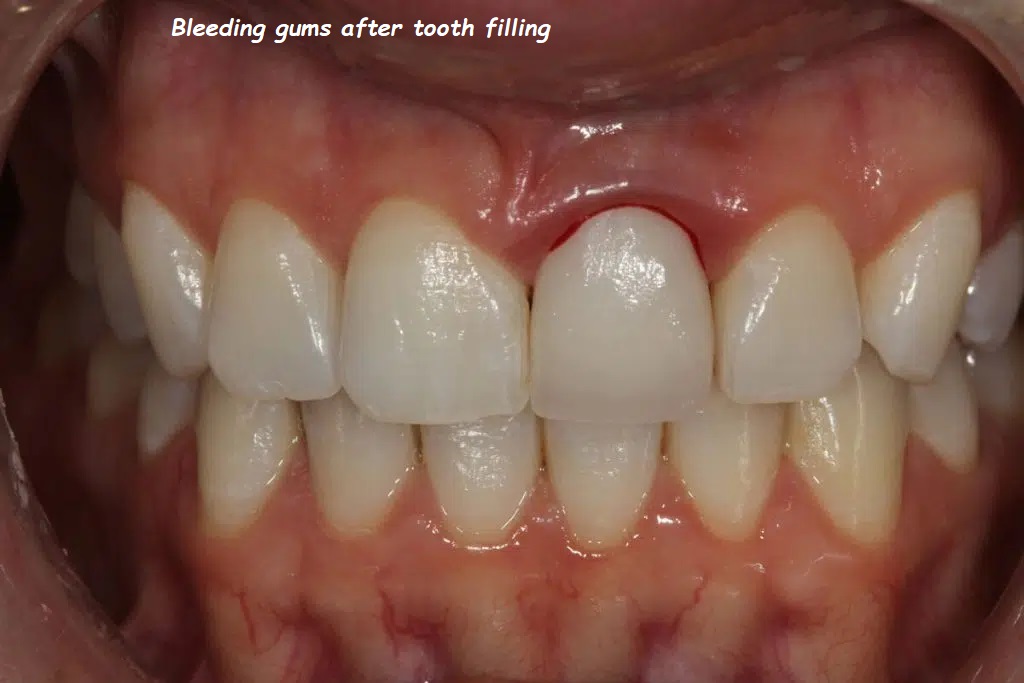
Bleeding Gums After Tooth Filling: Causes, Treatments, and Prevention
Bleeding gums after a tooth filling can be a concerning and uncomfortable experience. While tooth fillings are common dental procedures used to treat cavities and restore tooth function, complications such as bleeding gums can sometimes occur. This comprehensive guide aims to provide you with detailed information on the causes, treatments, and prevention of bleeding gums after a tooth filling, helping you maintain optimal oral health.
Understanding Tooth Fillings
What is a Tooth Filling?
A tooth filling is a dental restoration used to repair a tooth damaged by decay. The process involves removing the decayed portion of the tooth and filling the cavity with a suitable material. Fillings restore the tooth’s normal function and shape and prevent further decay.
Types of Filling Materials
There are several types of filling materials used in dental restorations, including:
- Amalgam Fillings: Made from a mixture of metals, including silver, mercury, tin, and copper. These fillings are durable and long-lasting but have become less popular due to aesthetic concerns and mercury content.
- Composite Fillings: Made from a tooth-colored resin material, these fillings are aesthetically pleasing and bond well with the natural tooth structure. They are suitable for visible areas of the mouth.
- Ceramic Fillings: Made from porcelain, these fillings are durable and resistant to staining. They are often used for larger restorations and can be color-matched to natural teeth.
- Glass Ionomer Fillings: Made from a mixture of glass and acrylic, these fillings release fluoride, which helps protect the tooth from further decay. They are typically used for fillings below the gum line and in children.
Causes of Bleeding Gums After Tooth Filling
Experiencing bleeding gums after a tooth filling can be alarming. Several factors can contribute to this issue, including:
1. Gum Irritation
Gum irritation is a common cause of bleeding after a tooth filling. The process of drilling and filling a cavity can cause temporary trauma to the surrounding gum tissue, leading to bleeding. This type of bleeding is usually minor and resolves on its own within a few days.
2. Poor Oral Hygiene
Maintaining good oral hygiene is essential for preventing gum disease and other dental issues. If oral hygiene practices are neglected, plaque and bacteria can accumulate around the filled tooth, leading to gum inflammation and bleeding.
3. Overhanging Fillings
An overhanging filling occurs when the filling material extends beyond the cavity and protrudes into the gum line. This can create a space where food particles and bacteria can accumulate, causing gum irritation and bleeding.
4. Allergic Reactions
In rare cases, some individuals may experience an allergic reaction to the materials used in the filling, such as amalgam or composite resin. This can result in gum inflammation, redness, and bleeding.
5. Pre-existing Gum Disease
If you have pre-existing gum disease (gingivitis or periodontitis), getting a tooth filling may exacerbate the condition, leading to bleeding gums. Gum disease weakens the gum tissue and makes it more susceptible to bleeding.
6. Improper Bite Alignment
After a tooth filling, your dentist will check your bite to ensure that the filling does not interfere with your natural bite alignment. If the filling is too high or not properly adjusted, it can cause uneven pressure on the teeth and gums, leading to irritation and bleeding.
7. Inadequate Healing Time
Sometimes, the gums may need more time to heal after a filling procedure. If you brush or floss too aggressively shortly after the procedure, it can disrupt the healing process and cause bleeding.
Symptoms and Diagnosis
Symptoms of Bleeding Gums
Bleeding gums after a tooth filling can present with various symptoms, including:
- Visible Bleeding: Noticing blood on your toothbrush, dental floss, or in your saliva after brushing or flossing.
- Redness and Swelling: The gums around the filled tooth may appear red, swollen, and inflamed.
- Pain or Discomfort: You may experience tenderness or pain in the gums, especially when eating or brushing.
- Bad Breath: Bleeding gums can be associated with bad breath (halitosis) due to the presence of bacteria and plaque.
Diagnosis
If you experience bleeding gums after a tooth filling, it’s essential to visit your dentist for a thorough examination. The dentist will:
- Review Your Medical and Dental History: This includes any pre-existing gum disease, allergies, and previous dental treatments.
- Conduct a Clinical Examination: The dentist will examine your gums and teeth, checking for signs of irritation, inflammation, or infection.
- Take X-rays: X-rays may be taken to assess the condition of the filled tooth and surrounding structures.
- Evaluate the Filling: The dentist will check the filling for overhangs, improper bite alignment, and any other issues that may be causing gum irritation.
Treatment Options for Bleeding Gums After Tooth Filling
The appropriate treatment for bleeding gums after a tooth filling depends on the underlying cause. Here are some common treatment options:
1. Gum Irritation Management
If gum irritation is the cause of bleeding, your dentist may recommend:
- Warm Salt Water Rinses: Rinsing your mouth with warm salt water can help reduce inflammation and promote healing.
- Over-the-Counter Pain Relievers: Non-prescription pain relievers, such as ibuprofen, can help alleviate discomfort and reduce inflammation.
- Gentle Brushing and Flossing: Use a soft-bristled toothbrush and gentle brushing techniques to avoid further irritation.
2. Improving Oral Hygiene
Maintaining good oral hygiene is crucial for preventing gum problems. Your dentist may recommend:
- Regular Brushing and Flossing: Brush your teeth at least twice a day and floss daily to remove plaque and bacteria.
- Antimicrobial Mouthwash: An antimicrobial mouthwash can help reduce bacteria and inflammation in the gums.
- Professional Cleanings: Regular dental cleanings by a professional can help remove plaque and tartar buildup, promoting healthier gums.
3. Addressing Overhanging Fillings
If an overhanging filling is causing gum irritation, your dentist may:
- Trim or Adjust the Filling: The dentist can trim or adjust the filling to eliminate the overhang and prevent further gum irritation.
- Replace the Filling: In some cases, replacing the filling with a properly contoured one may be necessary.
4. Managing Allergic Reactions
If an allergic reaction to the filling material is suspected, your dentist may:
- Remove and Replace the Filling: The dentist can remove the filling and replace it with a different material that is less likely to cause an allergic reaction.
- Allergy Testing: Allergy testing may be recommended to identify the specific material causing the reaction.
5. Treating Gum Disease
If pre-existing gum disease is the cause of bleeding, your dentist may recommend:
- Deep Cleaning (Scaling and Root Planing): This procedure involves removing plaque and tartar from below the gum line and smoothing the root surfaces to promote healing.
- Antibiotic Therapy: Antibiotics may be prescribed to treat bacterial infections in the gums.
- Ongoing Periodontal Care: Regular periodontal maintenance and cleanings are essential for managing gum disease and preventing further complications.
6. Adjusting Bite Alignment
If improper bite alignment is causing gum irritation, your dentist may:
- Bite Adjustment: The dentist can adjust the filling to ensure proper bite alignment and eliminate uneven pressure on the gums.
- Occlusal Guards: An occlusal guard (night guard) may be recommended if you grind or clench your teeth, helping to protect the filled tooth and surrounding gums.
7. Allowing Adequate Healing Time
Giving your gums enough time to heal after a filling procedure is essential. Your dentist may recommend:
- Temporary Avoidance of Aggressive Brushing: Avoid aggressive brushing and flossing for a few days after the procedure to allow the gums to heal.
- Follow-Up Visits: Schedule follow-up visits with your dentist to monitor the healing process and address any concerns.
Preventing Bleeding Gums After Tooth Filling
Prevention is key to avoiding complications such as bleeding gums after a tooth filling. Here are some preventive measures to consider:
1. Maintain Good Oral Hygiene
Practicing good oral hygiene is crucial for preventing gum problems and ensuring the longevity of your dental restorations. This includes:
- Brushing: Brush your teeth at least twice a day using a soft-bristled toothbrush and fluoride toothpaste. Pay special attention to the gum line and the area around the filled tooth.
- Flossing: Floss daily to remove plaque and food particles from between your teeth and along the gum line.
- Mouthwash: Use an antimicrobial mouthwash to reduce bacteria and promote healthy gums.
2. Choose the Right Filling Material
Discuss the pros and cons of different filling materials with your dentist to choose the one that best suits your needs and minimizes the risk of allergic reactions or gum irritation.
3. Regular Dental Check-Ups
Regular dental check-ups and cleanings are essential for maintaining oral health and preventing gum problems. During these visits, your dentist can monitor the condition of your fillings and address any issues promptly.
4. Avoid Aggressive Brushing
Brushing too aggressively can damage your gums and cause bleeding. Use gentle brushing techniques and a soft-bristled toothbrush to clean your teeth effectively without irritating your gums.
5. Address Gum Disease Early
If you have any signs of gum disease, such as redness, swelling, or bleeding gums, seek treatment early to prevent the condition from worsening. Early intervention can help manage gum disease and reduce the risk of complications after dental procedures.
6. Protect Against Bruxism
If you grind or clench your teeth, talk to your dentist about getting a night guard. This can help protect your teeth and gums from excessive pressure and reduce the risk of gum irritation and bleeding after a filling.
Conclusion
Bleeding gums after a tooth filling can be a concerning issue, but with proper care and attention, it can be managed effectively. Understanding the causes, seeking appropriate treatment, and following preventive measures can help you maintain healthy gums and ensure the success of your dental restorations. If you experience bleeding gums after a filling, don’t hesitate to contact your dentist for a thorough examination and personalized treatment plan. Your oral health is essential, and taking proactive steps can help you achieve and maintain a healthy, beautiful smile.


